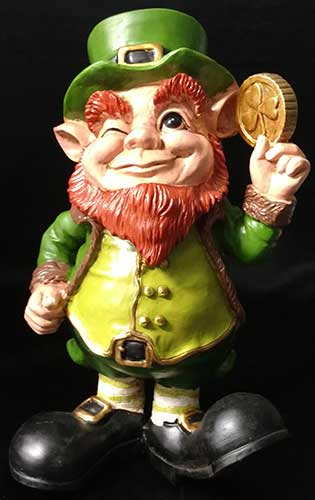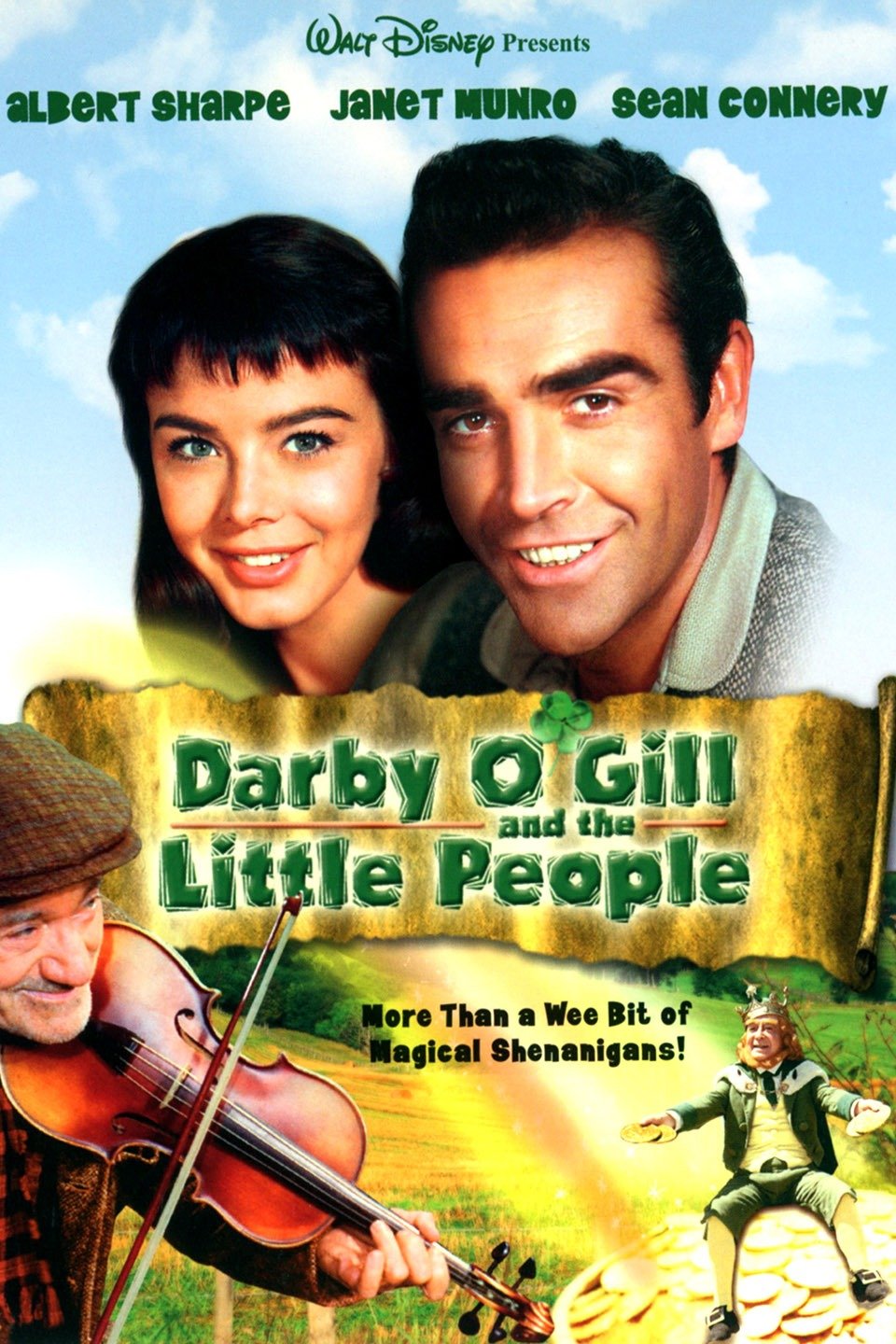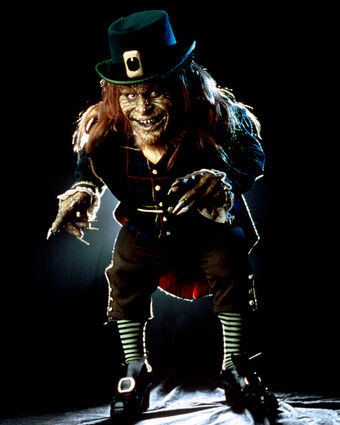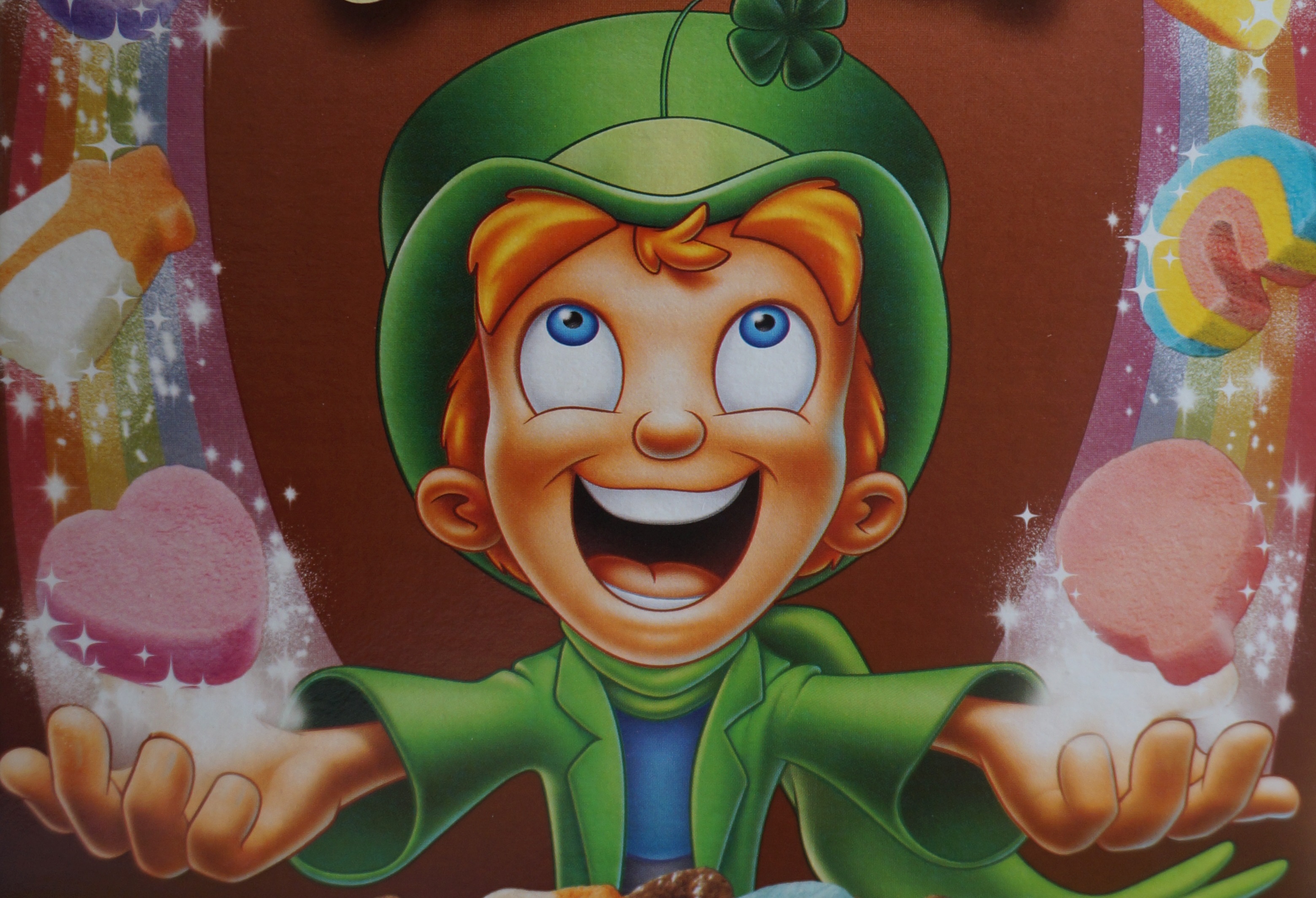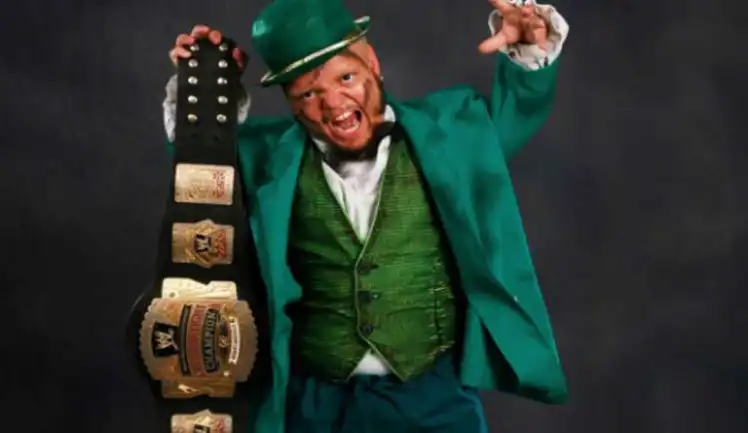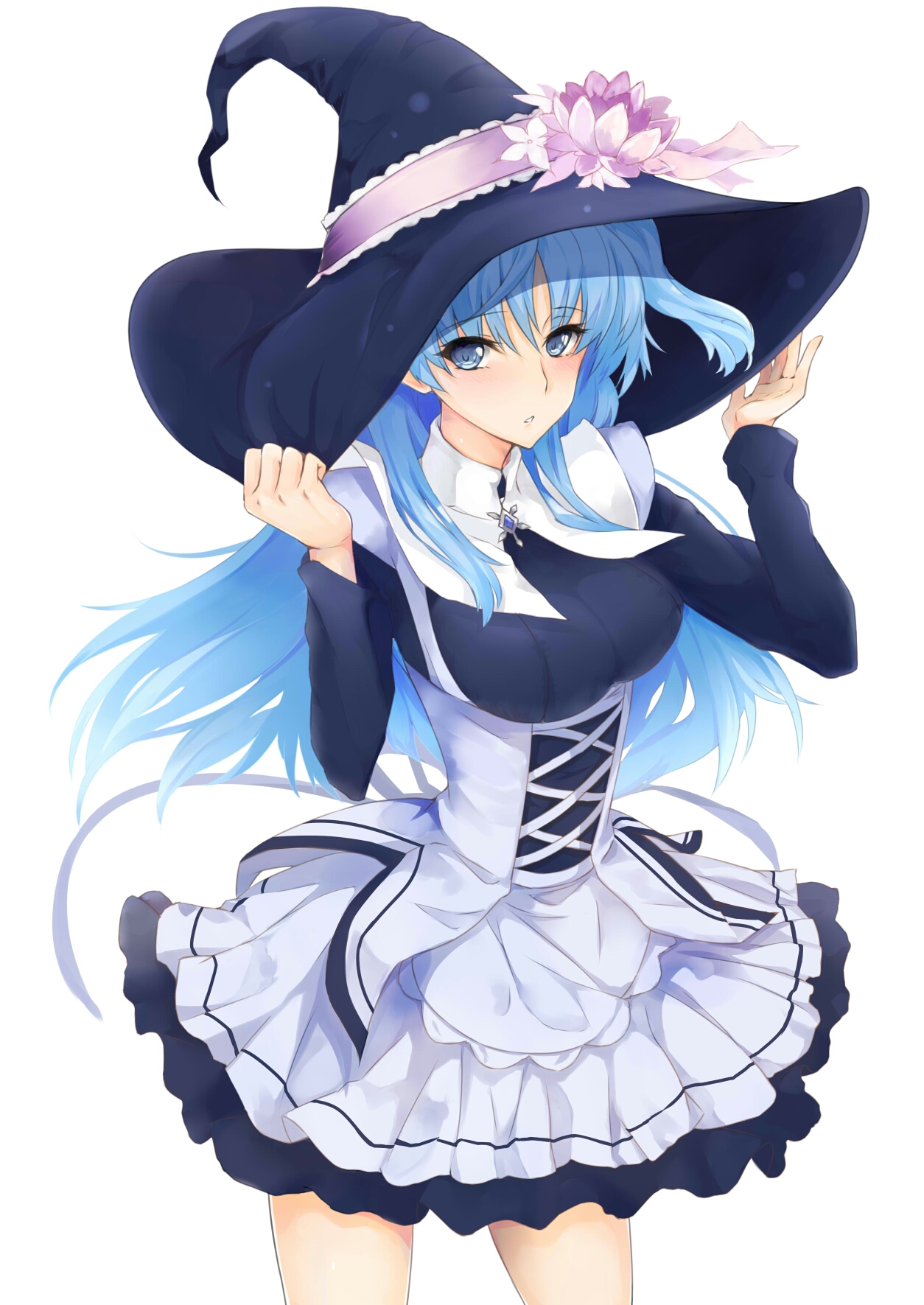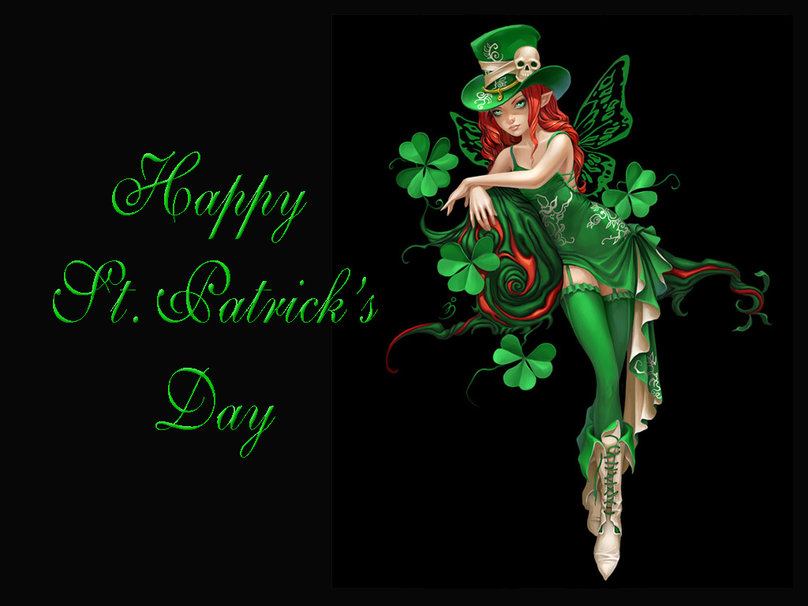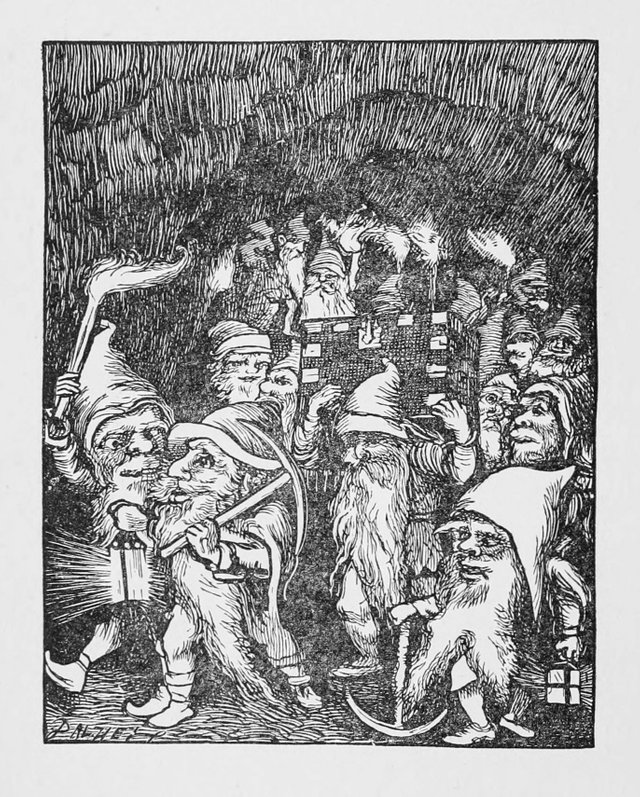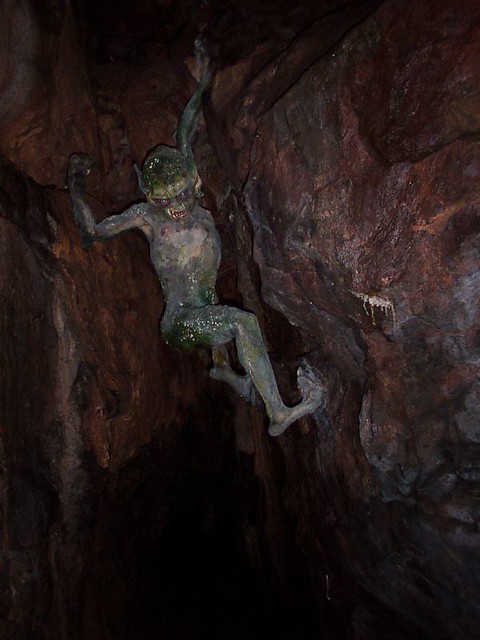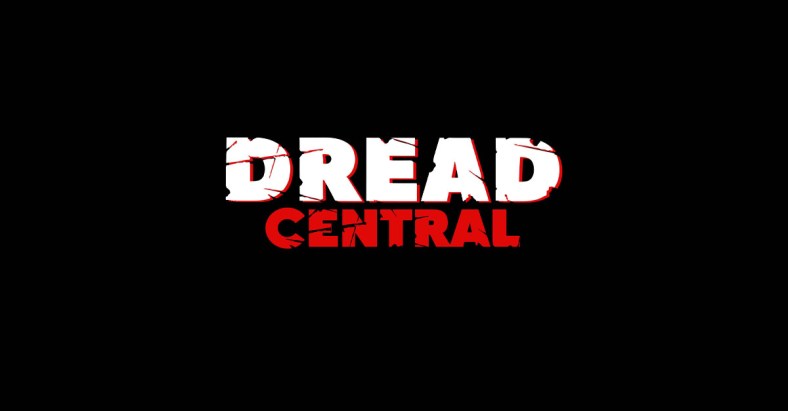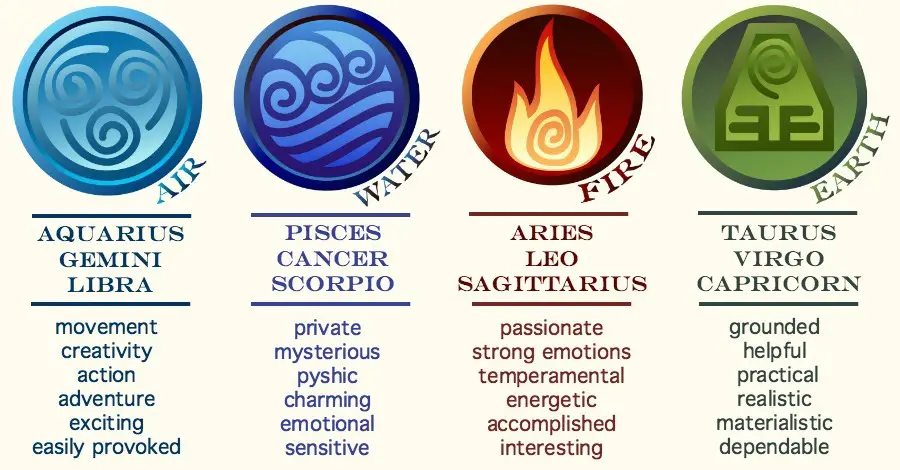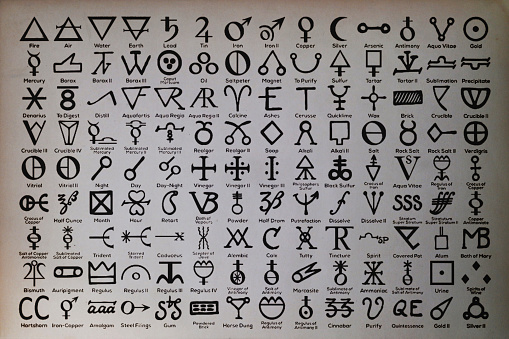Every now and then a strange artifacts comes to light thats makes you ask maybe there is some truth to all those old fairy sightings maybe the little people really do exist
one such item is this incredible little shoe....
=====================================
..,
There are many strange and fascinating stories of little people from every corner of the world but some of the most well know come from the United Kingdom Ireland, Scotland and England…
However many other cultures seem to have very similar story's that would suggest the existence of a possible hidden race of tiny people… and although they were presumably wingless, judging by the relics found so far, they would be so small, they could indeed look just like modern representations of fairies!...
One such artifact a very tine worn-in, shoe made of mouse leather … found by a sheep farmer on an ancient trail within the Beara Peninsula in Ireland in 1824.
Could this really be a leprechauns shoe or maybe a fairy ?
==================================
Crofton Croker wrote (84, 1824): A paragraph recently appeared in a Kilkenny paper stating, that a labourer, returning home in the dusk of the evening, discovered a Leprehaune at work, from whom he bore away the shoe which he was mending; as a proof of the veracity of his story it was further stated, that the shoe lay for the inspection of the curious at the newspaper office. The most prominent feature in the vulgar creed.
Are you aware that, on this side of the channel we have so little doubt of the existence of fairies, that it is no uncommon occurrence to see shoes of fairy manufacture publicly advertised in the newspapers? If I tell you, that while crossing a field, in the purple light of the morning, the attention of a peasant was arrested by the sound of a shoemaker’s hammer; and that, upon leaving the path to discover the cause, he disturbed an elfin cobbler, who it seems was at his trade betimes, and mending his brogues by the side of the ditch; that the spirit of the air, anxious to escape from the prying eyes of mortal wight, leapt from the bank, and, in his haste, dropped both shoe and hammer: if I go on to tell you, that this story is most gravely related, and that the editor informs the public, that both shoe and hammer were carried to such a house, in such a street, in a certain town, in the county of Roscommon, and may there be viewed by any curious or incredulous persons; you will, I think, acknowledge that my tale has at least a better foundation than many which are related to our disadvantage, and but too readily swallowed by the credulity of our English friends (Blake 1825 118-119).
======================================
=============================
The amount of work it would take to create this tiny shoe, especially with the size of our hands would have been very difficult especially in the early 1800's, the farmer was amazed to find that the shoe clearly shows signs of wear, particularly at the heel, in fact, although tiny, this shoe had indeed been well worn-in by someone no bigger than an average pencil...
The farmer eventually gave the shoe to the local doctor, and from there it was passed to the Somerville family, the current whereabouts of the shoe is unknown, although it is rumored to be in Munster, in Ireland.
At one point it was even examined by scientists at Harvard University, they found it was indeed hand stitched, using tiny stitches, and well-crafted tiny eyelets, it was also shown to be made from mouse skin.
The belief in fairies, or tiny humans, is known as the “fairy faith” it is still found throughout Europe and the UK to this day.
--------------------------
In some parts of the world, Iceland for instance fairy faith is still very strong, artifacts left or given by these tiny people have been documented on several occasions.
......
The fairy woman’s cloth of Bursta-fijall, is but one example of a gift from these tiny beings, According to the legend attached to the tiny, unique relic, the wife of the district police superintendent and public prosecutor at the farm of Bursta-fijall in Vopnaf-jordur, in the east of Iceland, received this cloth as payment from a fairy woman whom she had midwifed.
The cloth is now in the National Museum in Rekjavik. Thor Magnusson, who is the president’s Custodian of Antiquities says, ‘Certainly it’s a unique cloth, There are some other ‘gifts’ too up and down the Atlantic coast of Europe including the flag of MacLeod, kept today at Dunvegan Castle… Stolen from a group of tiny warriors…
In the fifteenth and sixteenth centuries, the flag was believed to bring luck to the clan, MacLeod even brought a picture of the flag on bombing raids in the Second World War…
Arguably the most famous object is known as the “Luck of Eden Hall,” a cup that was won fairly from fairies, by a member of the Musgrove family.

Luck of Eden Hall
Today the cup stands, in the Victoria and Albert Museum. The cup, which is astoundingly beautiful, is surprisingly, of “eastern origins.” Although many of the things mentioned could, and have been put down to elaborate, yet entertaining hoaxes…
The fairy or Leprechaun shoe found in the remotes of Ireland, is one of those extremely rare artifacts, that does indeed seem authentic…
keep your eyes peeled you never know what may turn up next .....
